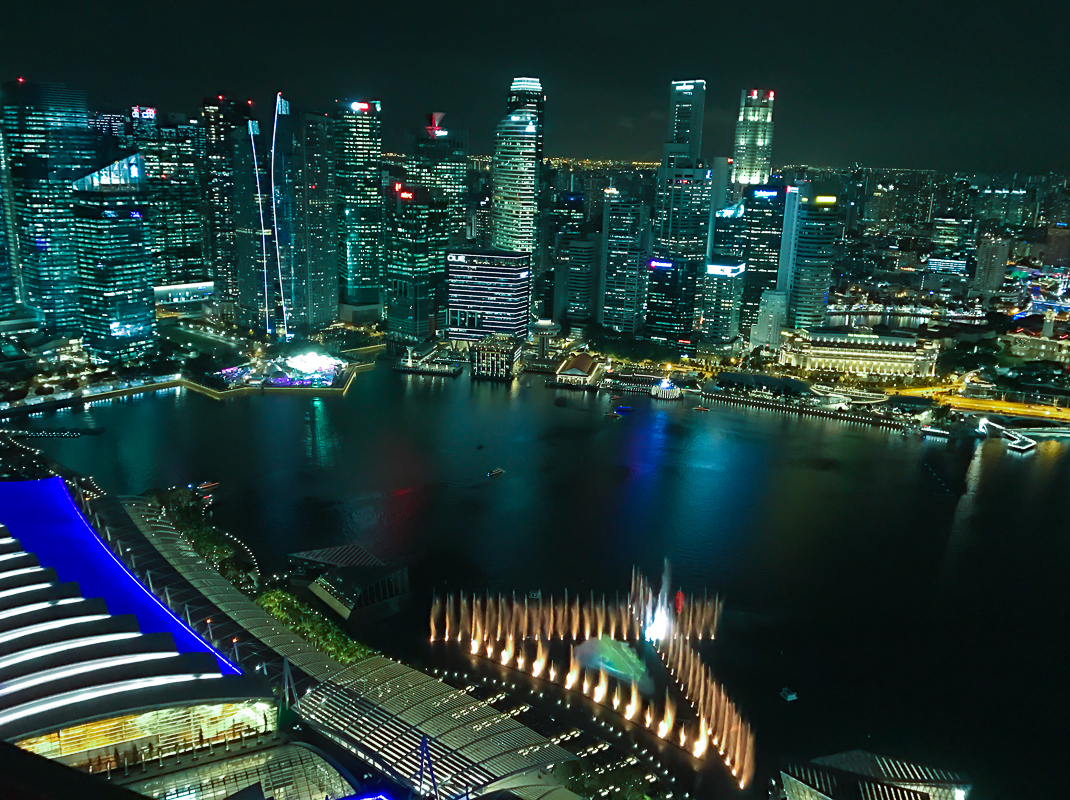Communication between parties is now constant and happens at the speed of light. Regardless of which generation you are from, baby boomers, X, Y etc or whether you are in a private organisation, government or corporate, social media platform use continues to rise. The big question is how to handle it and avoid becoming the victim of a ‘non-violent revolution’.
“Every two days now we create as much information as we did from the dawn of civilization up until 2003” – Eric Schmidt.”
Social media is a necessity for many corporations, trying to advertise their products and reaching new or potential customers and for governments to pass new ideas, legislations and Act’s to their constituents. At the end of any social media information are all of us.
Saying that, social media is nothing less and nothing more than an exchange of information – unprocessed, non-filtered and non-controlled content in most occasions and typically it is tangible.
Social media platforms are often used to spark non-violent resistance/revolutions, not only against individuals but also corporations or governments. It is now the most effective way is to destroy reputation and credibility.
Beginning of Social Media Non-Violent Revolutions/Resistance
I believe the starting point of when social media was used as a tool for non-violet resistance was 1998 when Mr Srdjan Popovic, the leader of the “Resistance” movement used non-violent methods, including social media, to remove president Slobodan Milosevic and his regime. Mr Srdjan Popovic published several books about non-violent resistance and heavily included social media platforms as a tool.
The burning torch of political revolution which shaped Middle East in recent times started in the Winter of 2011 with a single matchstick, Mr Mohammed Bouaziz, who committed self-immolation and that news sparked an entire new Middle East confilict. The platform used to speed up the Arab Spring uprising was Twitter.
To understand the social media platform, Twitter, for example, you must understand that Twitter according to its web site states “What you share on Twitter may be viewed all around the world instantly. You are what you Tweet!”
There are so many other examples in past decade of using social media platforms as a tool for non-violent revolutions/resistance. However, it appears most corporations and governments have not learned lessons from it. The question is not when or where it is happening, but that it is it happening in the background without knowing. The most important question is who are the architects of such social media non-violent resistance/revolution and how this will impact corporations or government.
Corporations and social media are best friends until these non-violent architects behind curtains decide to use social media to turn against corporations or governments. Corporations will use all means at their disposal to grow their army of followers and engage the most successful PR / Media companies to create appealing images for their audience. Corporations and governments spend millions of dollars in monitoring success rates via SEO gurus and their companies. It takes just one spark for architects of non-violent resistance/revolution to use same audience for creating results that damage reputation, brand, even stop corporations trading or perhaps to turn political opinion in favor of others.
The biggest failure for most corporations and governments is to spend so much time in data mining and collecting data about audience that the most crucial element is disregarded – the need to develop Key Intelligence Needs for preventing architects to spark non-violent revolution across all social media platforms.
Developing these Key Intelligence Needs and the information Risk Management Protocols that go with them give corporations and governments a fighting chance to successfully combating a non-violent revolution. There are many highly skilled human intelligence /counter intelligence operatives available who have been well schooled in monitoring information and investigating sources. It is imperative to understand that every piece of information has a source and each person of interest a name and surname. These individuals are the architects of non-violent resistance/revolution and once information is on social media platform it is most likely that information will reach end consumer – all of us.
Information Risk Management Protocol is a reality for every corporation or government. How information is monitored, stored and distributed as well developing Key Intelligence Needs should include human intelligence/investigative experts along with cyber and business intelligence specialists, particularly in an era where the Deep/Dark Web is more and more present in daily life and can be used to silently influence social media.




 On a daily basis the tabloids report new cyber-attacks and in the past 12 months some of the largest organisations have lost considerable amounts of data. This includes people’s private information as well as company data. Lloyd’s of London predicts the value to be $53billion this year alone – and that does not factor in losses from damaged reputations.
On a daily basis the tabloids report new cyber-attacks and in the past 12 months some of the largest organisations have lost considerable amounts of data. This includes people’s private information as well as company data. Lloyd’s of London predicts the value to be $53billion this year alone – and that does not factor in losses from damaged reputations.